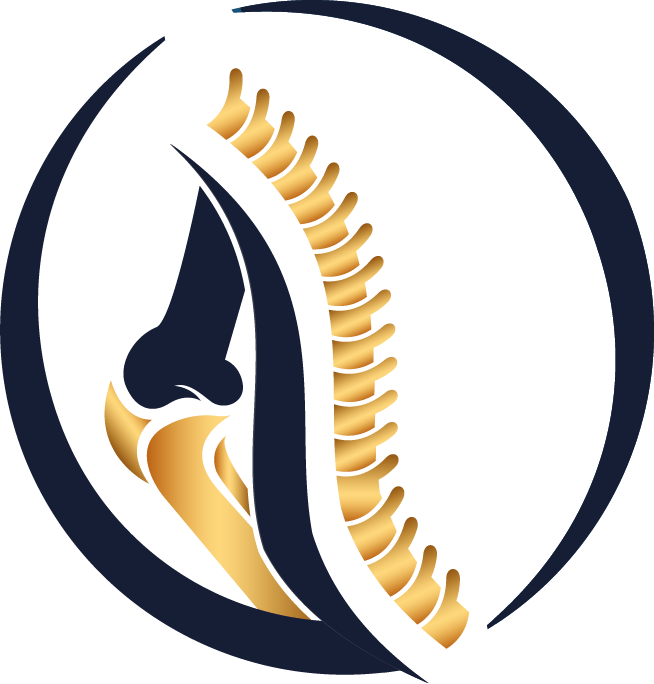Understanding Distraction Osteogenesis in Limb Lengthening Surgery
Distraction osteogenesis is a surgical technique that involves the gradual separation of bone segments to stimulate new bone formation. This innovative procedure has revolutionized the field of orthopedic surgery, offering new possibilities for treating various conditions such as limb length discrepancies, bone defects and craniofacial abnormalities.
The core biomechanical theory of this technique is the “law of tension stress”(LTS), that is, continuous and slow traction stimulation can promote the regeneration and active growth of biological tissue similar to that of embryonic tissue. Due to the robust regeneration and plasticity, bone tissue can be extended to the nerves, blood vessels, muscles and skin in the surrounding areas under the action of appropriate tensile stress. This rule is referred to as distraction osteogenesis in orthopedics.
Phases of Distraction Osteogenesis
Surgical Phase
The process begins with a surgical procedure where an osteotomy, or bone cut, is performed to create two separate bone segments. Precision and accuracy during this phase are crucial to ensure the correct alignment of the bone segments post-distraction.
Latency Phase
Following the surgical phase, a latency period ensues where the two bone segments are kept in close proximity without any distraction. During this phase, the body initiates a healing response at the osteotomy site, preparing the tissues for the upcoming distraction phase.
Distraction Phase
The distraction phase is the core component of the process, where an external or internal fixation device is used to gradually separate the two bone segments. Controlled mechanical forces are applied to the device, causing the bone to gradually move apart at a rate of approximately 1 mm per day. This controlled movement stimulates the formation of new bone in the gap created.
Consolidation Phase
Once the desired distraction length is achieved, the consolidation phase begins. In this phase, the newly formed bone undergoes a maturation process where it hardens and strengthens. The fixation device is typically left in place during this phase to provide stability as the new bone solidifies.
Healing Phase
The final phase of distraction osteogenesis is the healing phase, where the external fixator is removed, and the bone continues to remodel and integrate. Physical therapy and rehabilitation may be necessary to regain full function and mobility in the treated area.
Effects on Tissues
Bone Tissues
Distraction osteogenesis exerts mechanical stress on the bone tissues, initiating a biological response known as mechanotransduction. This process involves the conversion of mechanical signals into biochemical responses, leading to the activation of osteoblasts (bone-forming cells) and the subsequent deposition of new bone.
Soft Tissues
While the primary focus of distraction osteogenesis is on bone formation, the surrounding soft tissues also play a crucial role in the success of the procedure. Muscles, tendons and ligaments adapt to the gradual changes in bone alignment and length, optimizing functional outcomes and reducing the risk of complications.
Vascular Tissues
The process of distraction osteogenesis relies heavily on the vascular supply to the newly forming bone. Angiogenesis, the formation of new blood vessels, is essential to deliver oxygen and nutrients to the regenerating bone tissues. Proper vascularization ensures optimal healing and reduces the risk of non-union or infection.
In conclusion, distraction osteogenesis represents a remarkable advancement in orthopedic surgery, offering a sophisticated approach to bone reconstruction and tissue regeneration. By understanding the intricate phases of distraction osteogenesis and the effects it has on various tissues, healthcare professionals can better harness its potential to treat a wide range of musculoskeletal conditions.
Related Articles on Limb Lengthening
- Bone Healing Process Following Limb Lengthening Surgery
- Optimal Distraction Rate in Limb Lengthening Surgery
- Distraction Rate Customization: Smoking, Vitamin D, BMI and Muscle Tightness
- Physiotherapy Plan: Which Exercises During Distraction & Consolidation?
- Limb Lengthening Surgery: Week-by-Week Guide from Hospital to Consolidation
- Limb Lengthening Surgery and Sleep: Melatonin, Sleep Hygiene and Bone Remodeling
 Türkçe
Türkçe
 Arabic
Arabic
